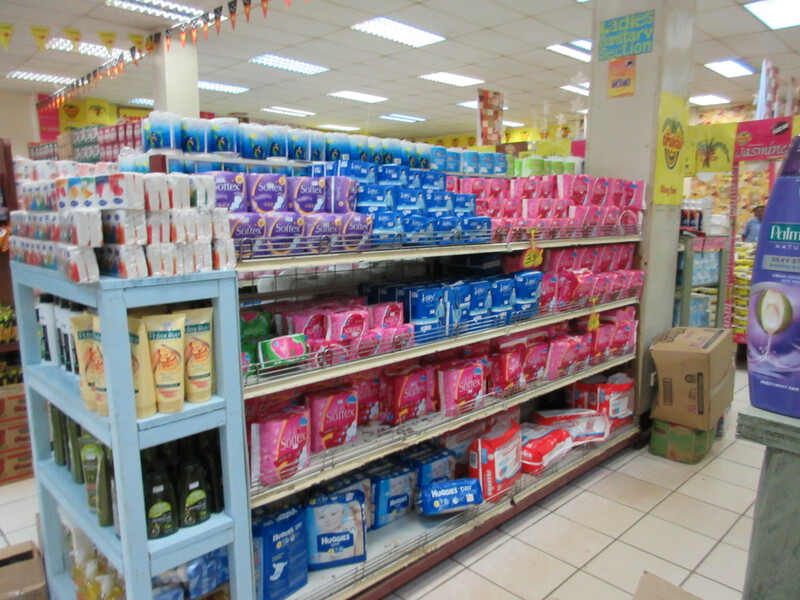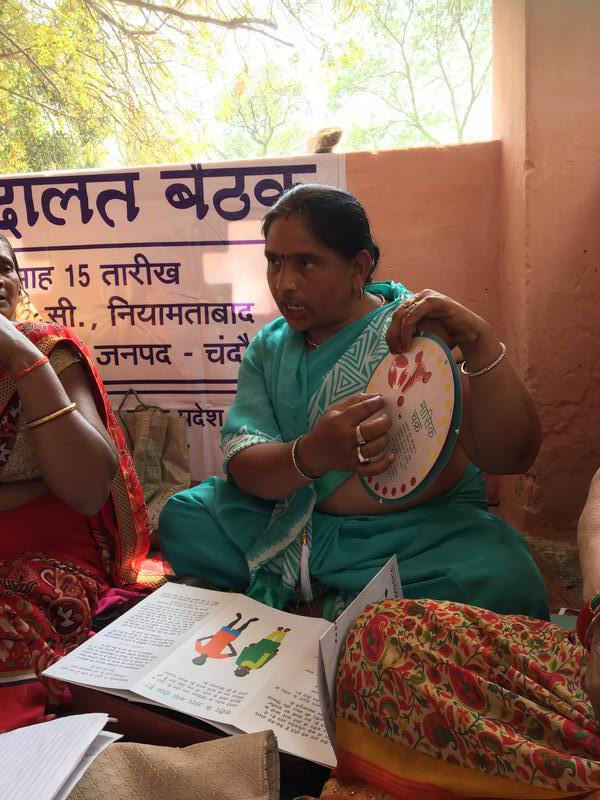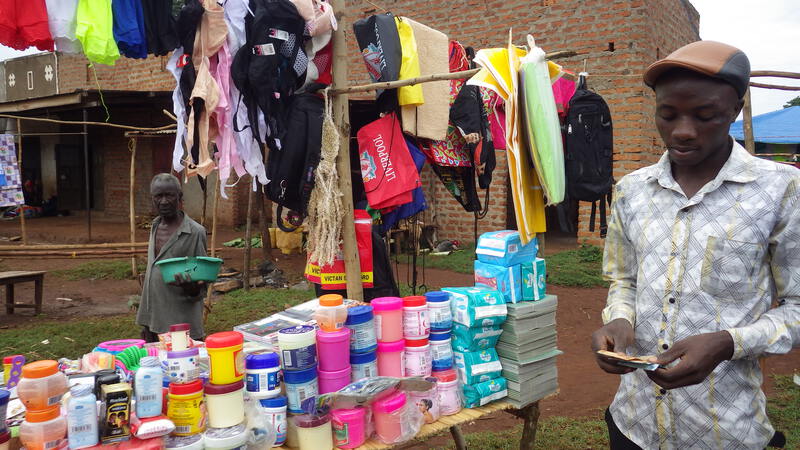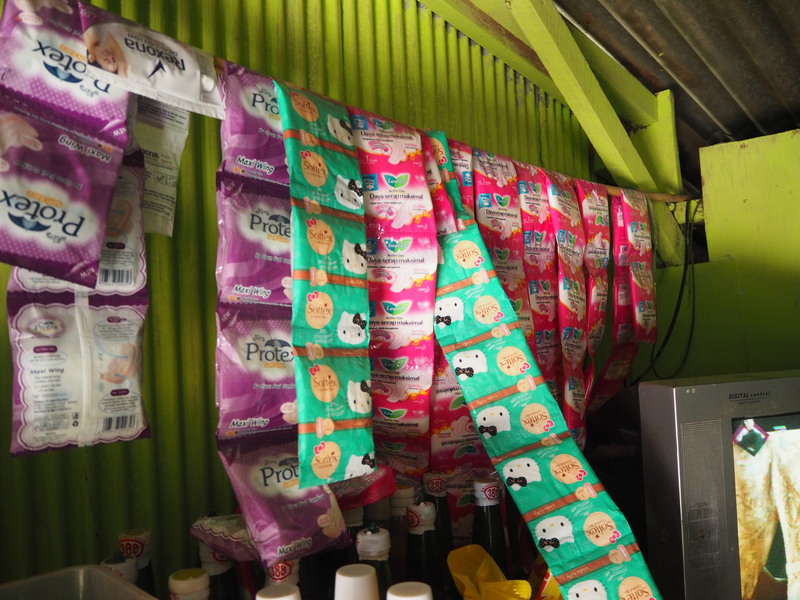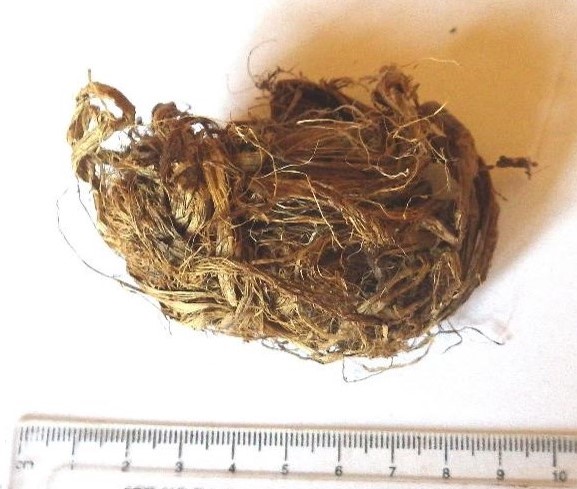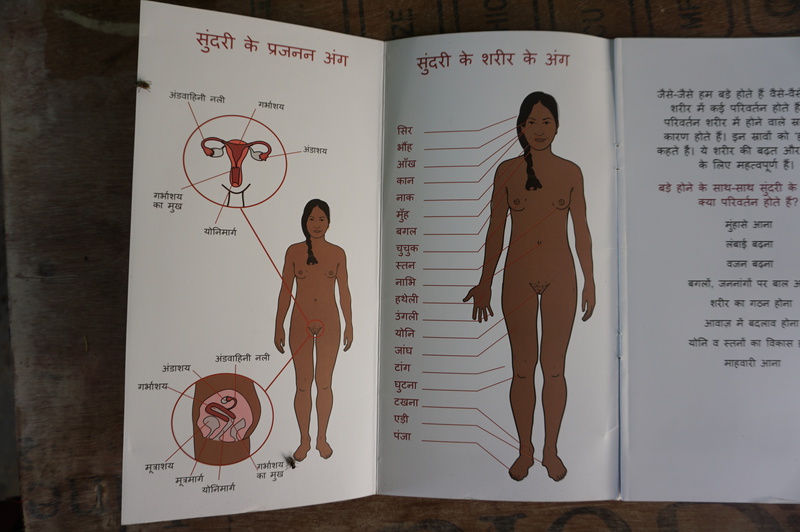About this Homepage
This homepage focuses on the intersection of <globalization x menstruation x anthropology>.
It is based on our research project “A Comparative Study on the Local Situation Surrounding Menstruation which Became a Global Agenda” which was funded by KAKENHI (Grant-in-Aid for Scientific Research from JSPS, 2016—2020) and “A comparative study on the influence of international development on menstruation: From the perspective of gender and medicalization” which is supported by the National Museum of Ethnology (2020—2024). Through this homepage, we would like to share the research results of our team members.
Background and Objective of our Research
Menstruation, which at first seems to be a private matter for girls and women that should not even be mentioned in public, has become a “global agenda” internationally. In particular, in so-called developing countries, menstrual issues are said to be deeply connected to girls’ school attendance rate, gender inequality, and water and sanitation availability, among other problems. Menstrual hygiene management (MHM) is now an issue for development agencies and the governments of developing countries.
On one side, menstruation has the aspect that it is a general physiological phenomena occurring to the bodies of all who are biologically women. On the other side, perceptions, customs and practices surrounding menstruation are strongly embedded in local culture, thus they can vary area to area. In addition, social contexts, which includes economy, policy or even politics, for menstruation are diverse.
The objective of our research is to capture the local reality of “menstruation” in different parts of the world facing the recent global wave. We would also like to study and compare what kind of influences are seen from the recent change in development assistance and government programs for menstrual management, and identify what should be considered for intervention.
What is MHM(Menstrual Hygiene Management)?
The management of menstruation has become a development agenda internationally, especially for development assistance. Menstrual hygiene management, MHM in short, is defined as following:
Women and adolescent girls are using a clean menstrual management material to absorb or collect blood, that can be changed in privacy as often as necessary for the duration of the menstruation period, using soap and water for washing the body as required, and having access to facilities to dispose of used menstrual management materials. (WHO & UNICEF 2012, p.16)
UNESCO (2014) suggested that systemic factors should to be addressed and listed the following factors in order to manage menstruation hygienically and with dignity.
- Accurate and Timely knowledge
- Available, safe and affordable materials
- Sanitation and washing facilities
- Safe and Hygienic Disposal
- Informed and comfortable professionals
- Referral and access to health services
- Positive Social Norms
- Advocacy and Policy
In order to sensitize the importance of menstrual management, there is a movement to designate May 28th as Menstrual Hygiene Day. May (the 5th month of a year) 28th was chosen because the average days of menstruation in a cycle is 5 days and the average cycle is 28 days.
- WHO and UNICEF. 2012. “Consultation on Draft Long List of Goal, Target and Indicator Options for Future Global Monitoring of Water, Sanitation and Hygiene.”
- UNESCO. 2014. “Puberty education & menstrual hygiene management.”
Issues surrounding Menstruation
Menstruation is a physiological phenomenon that occurs commonly to humans (biological women) during their reproductive age, from menarche to menopause, except when they are pregnant, puerperium, or lactating. However, menstruation is not just a somatic (bodily) phenomena. Women go through this monthly experience responding to the local values shaped by their culture and society.
Below are some examples of menstrual issues we need to consider that may vary depending on the local culture and socio-economic environment:
- Impurity and taboo associated with menstruation
- Secret languages referring to menstruation and sanitary goods
- Menarche rituals
-
Sanitary goods/ blood absorbents
- (Eg.)
- disposable sanitary pads, reusable sanitary pads、tampon、menstrual cup,
old clothes, toilet paper, cotton, fiver of matoke stem, sponge, felt
- Toilet/latrine
- Handwashing and bathing
- Discarding of disposable sanitary pads
- Washing and drying of reusable sanitary pads
- Education on menstruation
Contact
You may contact us for general information about this homepage or our research through: GekkeiKenkyukai[at]gmail.com (*Please replace [at] with @)
